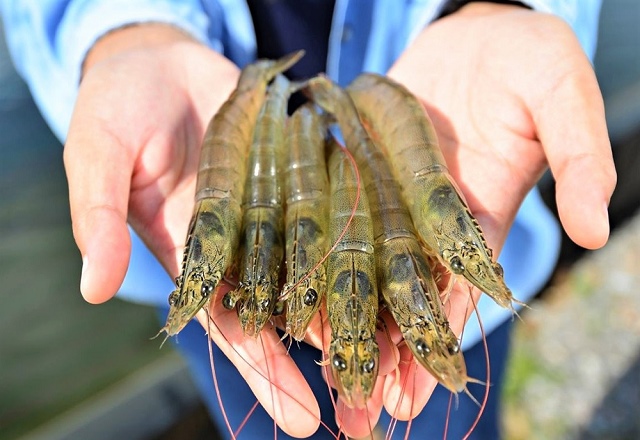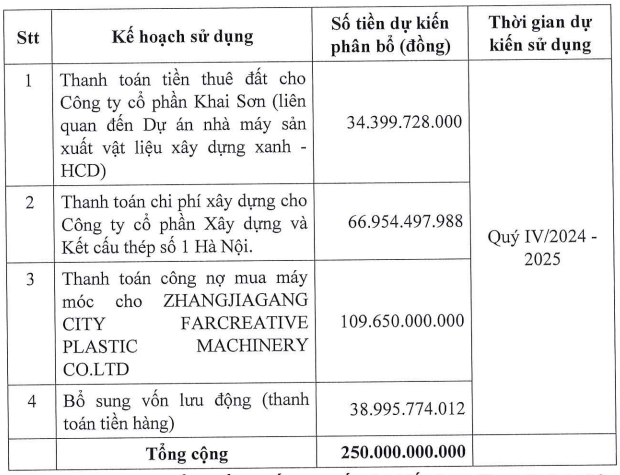
Illustration Image
|
In terms of consumption, shrimp reached 982 tons and agricultural products reached 87 tons, a decrease of 9% and 21% respectively compared to the same period.
In terms of production, shrimp production in February 2024 reached 931 tons, a decrease of 8% compared to the same period last year. Meanwhile, agricultural product production reached 63 tons, a decrease of 69%.
Last month, FMC’s sales reached $19.2 million, an increase of 26% compared to the same period. Among them, shrimp consumption reached 1,614 tons (an increase of 45%), and agricultural product consumption reached 189 tons (an increase of 16%).
However, there are still many concerns.
According to the Vietnam Association of Seafood Exporters and Producers (VASEP), Vietnam’s shrimp exports in January 2024 reached $242 million, an increase of 71% compared to the same period in 2023.
Among them, Vietnam’s shrimp exports to China saw the strongest growth of 275%, reaching $42 million. This is the largest import market for Vietnam in January 2024, accounting for 17.5%.
In addition, shrimp exports to the United States in January ($41 million) continued to grow from the last months of 2023, with an increase of 77%. “The export situation of shrimp to the US in 2024 will be somewhat affected by the US’s countervailing duty investigation against shrimp from 4 countries, including Vietnam,” VASEP noted.
Exports to other markets such as Japan, South Korea, and Europe also saw growth in January, reaching $37 million, $23 million, and $30 million respectively, corresponding to increases of 30%, 21%, and 22% compared to the same period.
Although the figures in the first month of the year showed positive growth, according to VASEP, most businesses still believe that there are many challenges and difficulties that slow down the recovery of production and exports.
Some shrimp businesses said that the first-year orders still showed no signs of improvement because the market’s purchasing power was still weak. At the same time, there are still issues such as high inventory, low purchase prices, and difficulties in competing with shrimp from India, Ecuador… Meanwhile, some businesses see more positive signals regarding orders, but are worried about the source of raw materials because it is the off-season and shrimp production is low due to the pandemic.
In addition, the risk of countervailing duties is also a barrier for US importers and Vietnamese exporting companies. “The selling price of Vietnamese shrimp is still relatively high compared to other countries, causing apprehension for importers,” VASEP said.















